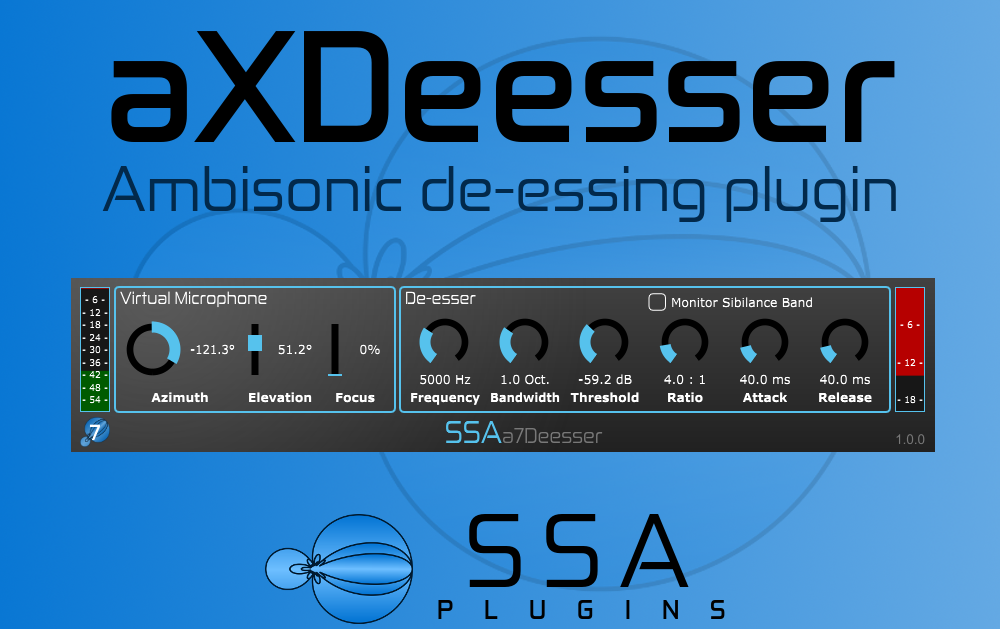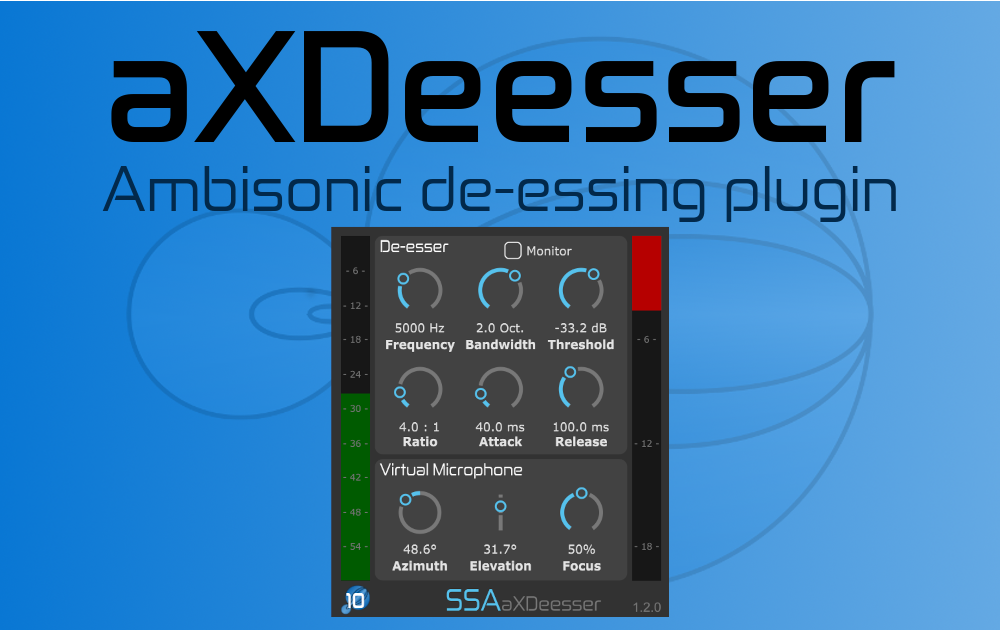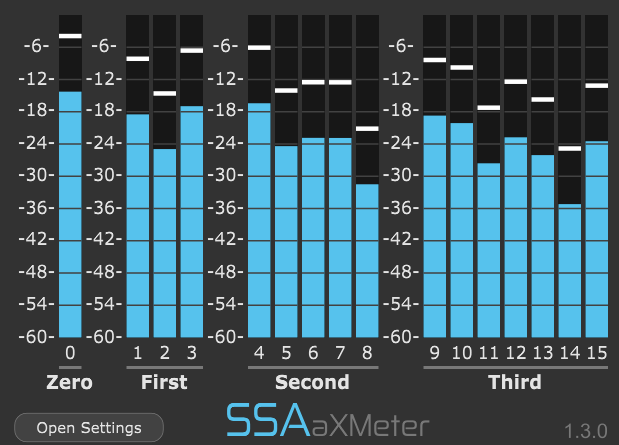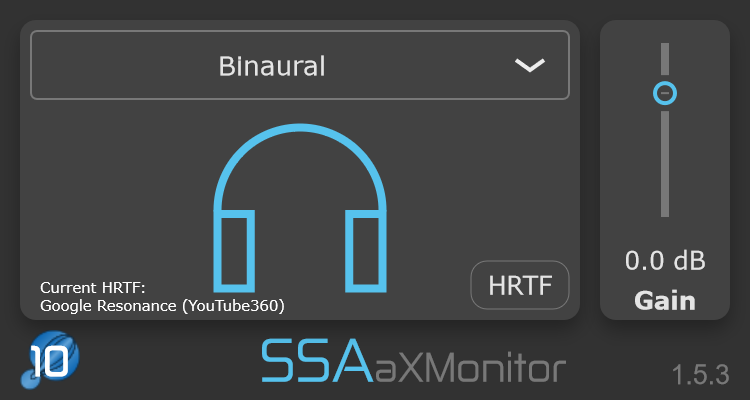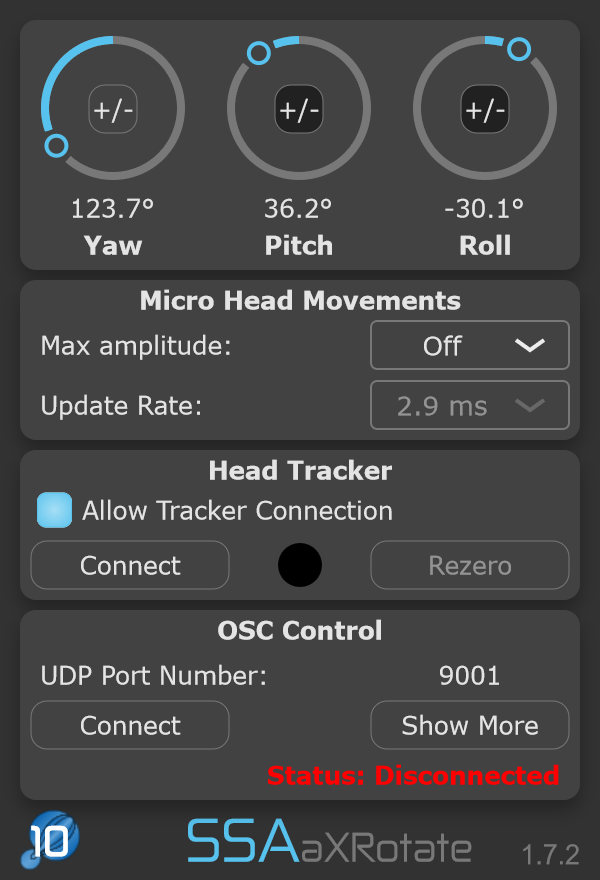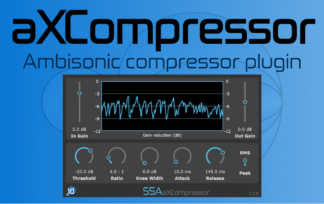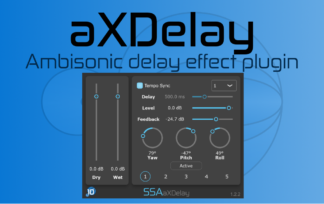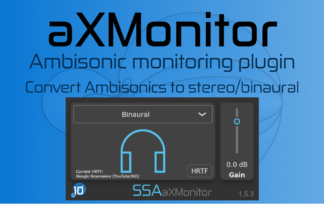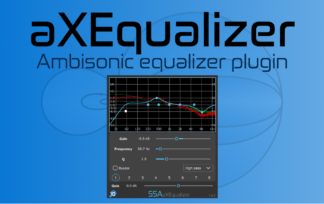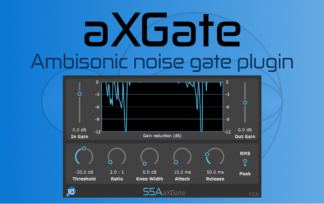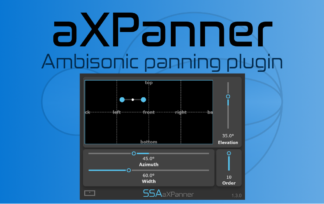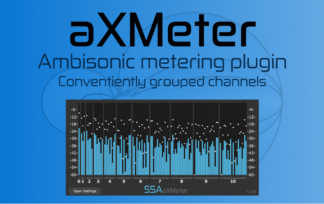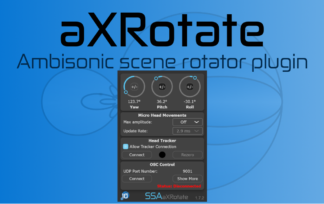All of the plugins in aXPlugins suite have been updated with new features, stability, and bug fixes. Here is a summary of the biggest or most interesting changes.
- All plugins – All plugins can now have their license deactivated so you can move it to another computer. Simply hit the “SSA” logo at the bottom of the GUI and click to deactivate the plugin. If you are using Offline activation you will need to connect to the internet in order to deactivate your plugin.
- All plugins – the number of activations available per license has increased to 5. One license still covers only a single user.
- All plugins – the plugins are now installed using installers so you no longer have to copy the files to the plugin folders. All plugins are now automatically installed in the recommended system folders depending on their type (AAX/AU/VST3) and the operating system (Win/Mac).
- All plugins – the Mac .pkg installers are now Notarized by Apple meaning the plugins should install without any warnings from Gatekeeper on Catalina (macOS 10.15). Please get in touch if you have any issues.
- aXRotate – Yaw, pitch and roll can now be received via OSC messages. Select your desired port number (double click to enter) and click Connect. Click Show More to see the message format expected by the plugin as well as the incoming messages to your selected port.
- aXDeesser – Some bug fixes.
- aXEqualizer – Fixed a bug where changing a filter band at low frequency could cause the plugin to become unstable. Fixed another bug where loading a preset from the DAW would cause the UI markers to become unlinked from the audio.
To get the updated version of your plugin just head over to the Downloads section of your account page.
Please note: Because the updates now use installers, you should manually remove any previous versions of the plugins from you DAW plugin path, especially if you have used custom paths in the past.
New Plugin Beta Release
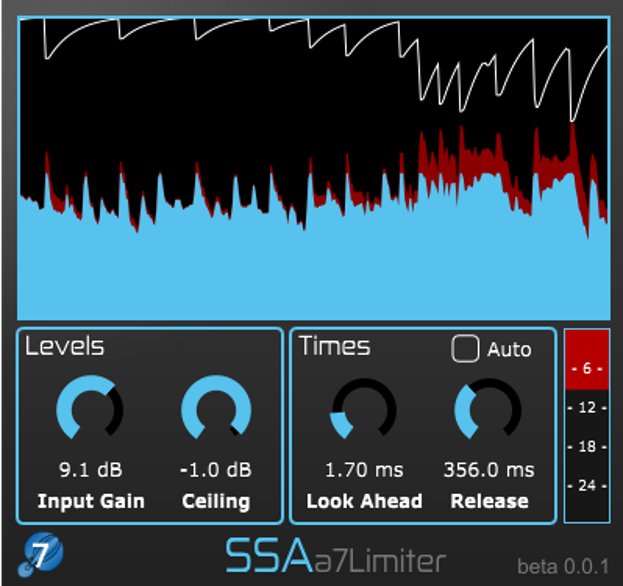
If you have bought one of the plugin bundles then you will find a beta version of a new plugin with the download from your account – aXLimiter! As the name suggests, this is an Ambisonic limiter with input gain, ceiling, look-ahead and release time (with option for auto).
Anyone who has bought a bundle will get aXLimiter for free when it is officially released.
The display shows the peak across all Ambisonic channels for the output (blue) and the input with gain applied (red). The amount of gain reduction over time is shown in white and in the meter to the bottom right.
I would be very happy to hear your thoughts and experiences using it, especially if you run in to any bugs.

